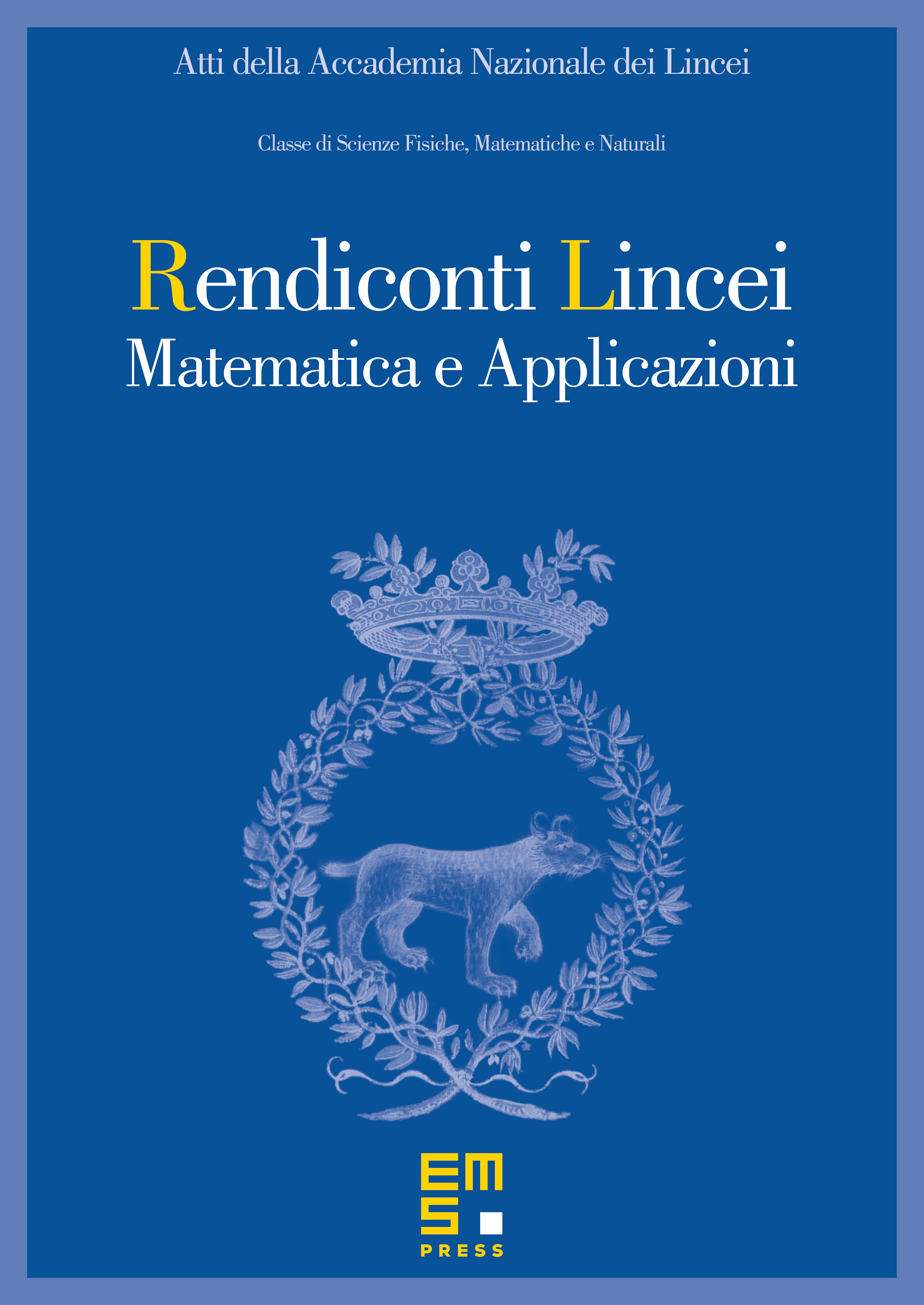Towards a gradient flow for microstructure
Patrick Bardsley
The University of Texas at Austin, USAKatayun Barmak
Columbia University, New York, USAEva Eggeling
Fraunhofer Austria Research GmbH, Graz, AustriaYekaterina Epshteyn
University of Utah, Salt Lake City, USADavid Kinderlehrer
Carnegie Mellon University, Pittsburgh, USAShlomo Ta'asan
Carnegie Mellon University, Pittsburgh, USA

Abstract
A central problem of microstructure is to develop technologies capable of producing an arrangement, or ordering, of a polycrystalline material, in terms of mesoscopic parameters, like geometry and crystallography, appropriate for a given application. Is there such an order in the first place? Our goal is to describe the emergence of the grain boundary character distribution (GBCD), a statistic that details texture evolution discovered recently, and to illustrate why it should be considered a material property. For the GBCD statistic, we have developed a theory that relies on mass transport and entropy. The focus of this paper is its identification as a gradient flow in the sense of De Giorgi, as illustrated by Ambrosio, Gigli, and Savaré. In this way, the empirical texture statistic is revealed as a solution of a Fokker–Planck type equation whose evolution is determined by weak topology kinetics and whose limit behavior is a Boltzmann distribution. The identification as a gradient flow by our method is tantamount to exhibiting the harvested statistic as the iterates in a JKO implicit scheme. This requires several new ideas. The development exposes the question of how to understand the circumstances under which a harvested empirical statistic is a property of the underlying process.
Cite this article
Patrick Bardsley, Katayun Barmak, Eva Eggeling, Yekaterina Epshteyn, David Kinderlehrer, Shlomo Ta'asan, Towards a gradient flow for microstructure. Atti Accad. Naz. Lincei Cl. Sci. Fis. Mat. Natur. 28 (2017), no. 4, pp. 777–805
DOI 10.4171/RLM/785